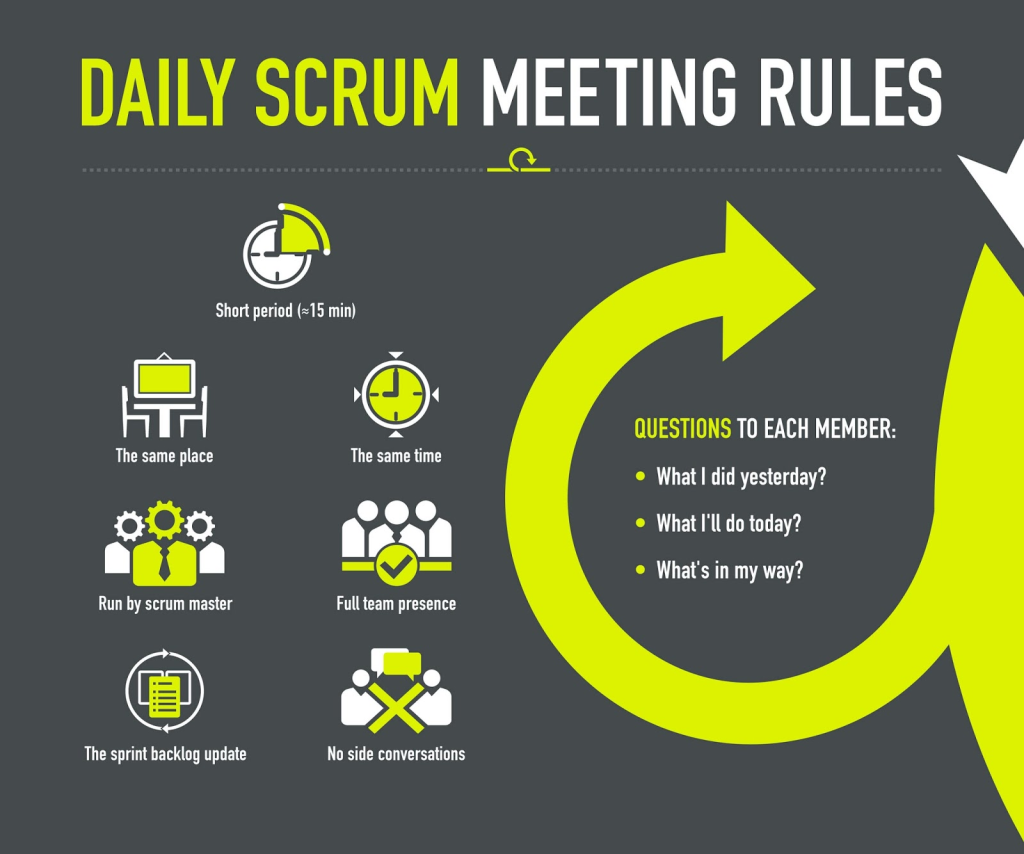Purpose of Scrum Meetings
Adam’s development team wants to do away with Scrum meetings. They feel that they are just status update meetings and could be replaced with an email. Adam knows Scrum meetings are much more than status updates and needs to remind his team of this. He plans to go over the rules for how meetings should be conducted and the content and format of which they should consist, but the first thing Adam reviews with the team is the purpose of the meetings. Before the how and the what, it is important to understand the why.

The purpose of a Scrum meeting is communication. More specifically, the purpose is valuable communication, which provides benefit to the full team. It allows everyone to be current on the work taken into the Sprint, which is typically 2 to 4 weeks, in which portions of project work known as user stories are fully developed and tested. Everyone, from the product owner who requested the work and is the decision-maker for the project, to the development team, to the Scrum master whose main goal is to enable the development team to be as effective and efficient as possible, is invested in the project work.
Lesson Summary
Scrum meetings are all about communication. They are for individuals involved with project work, specifically the product owner, who is the project’s decision-maker, the development team, and the Scrum master, who is focused on helping the development team be as effective as possible. The meeting should occur daily at the same time. It should be no longer than 15 minutes, and everyone should remain standing for the duration. Anyone can attend, but only the product owner, development team, and Scrum master should participate. They should focus on the work in the current Sprint and give the current state of each user story, how they will progress, and any hurdles they anticipate. This can be done person-by-person or story-by-story.